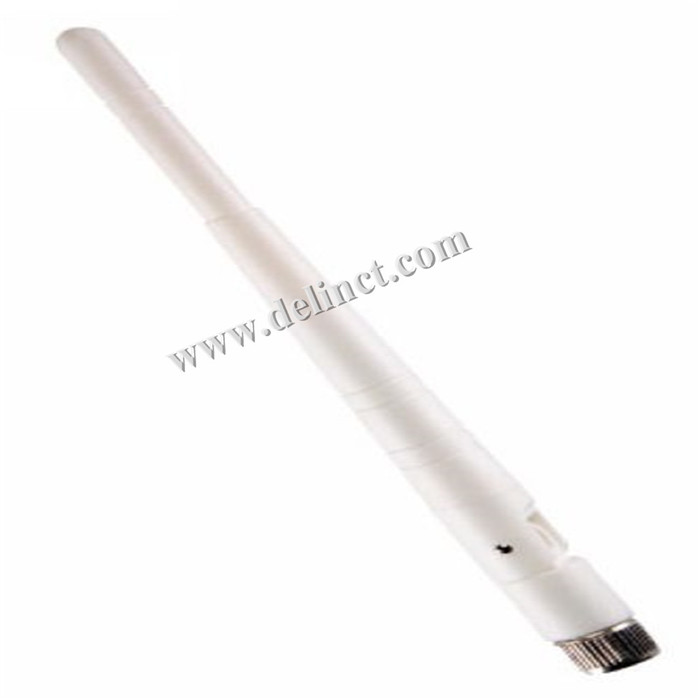At present, the manufacturers of lighting products in various countries have increased the research and development of green design of products, especially the manufacturers of lamps that have cooperation with the EU and the producers who are ready to open the European market. This move by producers is to cater to the recent e-waste recycling laws passed by the European Union. The European Community stipulates that August 13th, 2005 is the implementation date of the e-waste law. From that day on, all manufacturers and distributors of lighting products to the EU market must pay the environmental protection costs of their products for product recycling. At the same time, the mercury content of luminaire products entering the European market must meet the “toxic substance content standardâ€. Lighting products that do not meet environmental standards will be rejected.
Europe, which has a strong sense of environmental protection, began to pay attention to the disposal of electronic waste as early as decades ago. At the beginning of this year, the European Union passed the Electronic Waste Recycling Act, which is a further extension of producer responsibility. On the one hand, it requires luminaire manufacturers and distributors to be responsible for the recycling costs of their respective electronic products that are invested in the EU market. On the other hand, it requires each luminaire manufacturer to design a more environmentally friendly product. Among them, the decree has a clear definition of the mercury content of the lighting products, and should not exceed 5 mg. Then, how should the lighting manufacturer respond to the green design concept and grasp the EU market? In fact, doing environmentally friendly lamps is nothing more than working hard on material selection, energy consumption and product recycling.
From the perspective of environmental protection, it is best to use natural raw materials for product design, while reducing the toxic content as much as possible. Manufacturers tend to think more about how to design products that are more innovative and superior in performance, which necessitates the use of synthetic polymers or plastics. In addition, some metal elements are essential in certain electronic components, which will cause serious pollution to groundwater after being eliminated. Secondly, green design is also reflected in energy consumption, which depends on two perspectives. On the one hand, the energy consumption during production and transportation, and on the other hand, the energy consumption during the use of the product. The design of the product directly determines the structure and performance of the product and also determines the production process and process. So green design must take into account the processes and energy consumption that may be used in the production process. The most direct way to reduce the energy consumption of product transportation is to reduce the size and weight of the product, which is also suitable for the needs of consumers. At the same time, manufacturers are doing their utmost to reduce the energy consumption of products during use, which is also the key to improving the competitiveness of the product market.
Another important aspect of green design is that it is more conducive to recycling. Most of the e-waste in Europe requires a manual dismantling process to separate some of the larger plastic or metal casings. However, in Europe, where labor is expensive, this is a time-consuming and costly process, and as such, the EU has been funding a research project on the automatic dismantling of e-waste since 1999.

Satellite receiving antenna is a metal paraboloid,it is responsible for reflecting the satellite signal into the focus of the feed and high-frequency head. In general, the larger the antenna diameter is, the higher quality signal it gets. Satellite antenna is divided into center-focused satellite antenna, FRP one-piece satellite antenna, mold stamping iron plate antenna, combined SNC satellite antenna, polar axis chain antenna, single putter pole antenna, elevation azimuth drive antenna, Tracking antenna, car satellite antenna.


FRP Omni Antenna,Outdoor FRP Omni Antenna,Omni Directional FRP Antenna,Indoor FRP Omni Antenna
Shenzhen DELIN Communication Technology Co., Ltd. , http://www.delinct.com
![<?echo $_SERVER['SERVER_NAME'];?>](/template/twentyseventeen/skin/images/header.jpg)